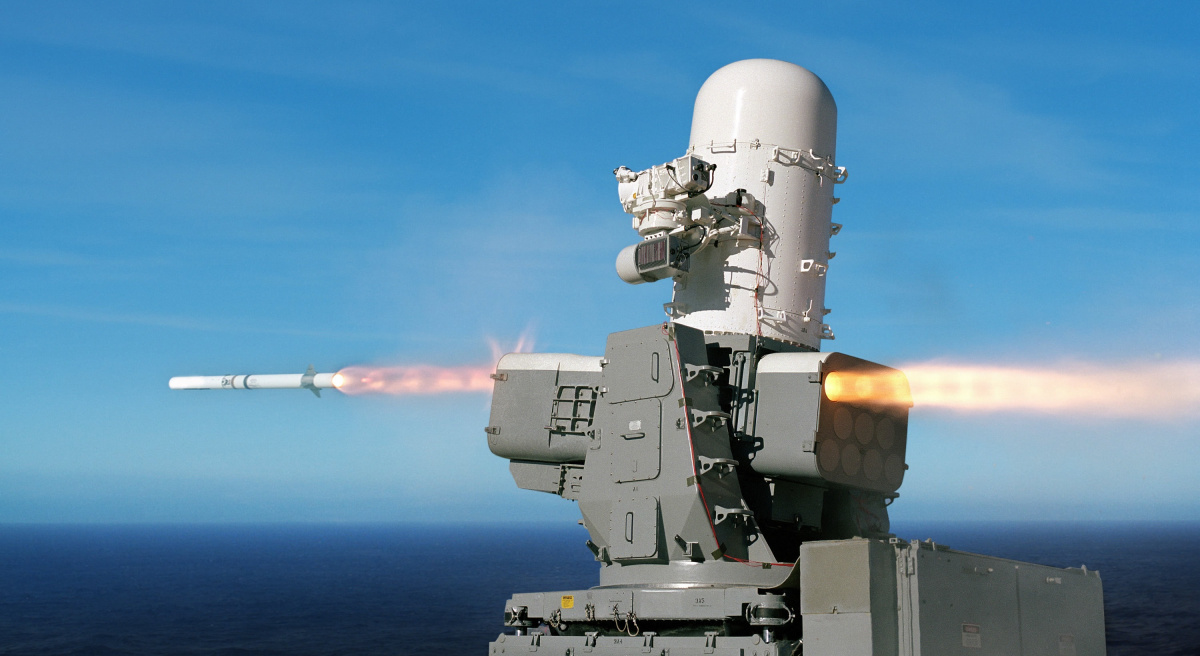Jura The idiot
General
it's so so so so fancy Future Marine Mega-Drone May Carry Same Weapons as F-35
source:The is in the hunt for a mega-drone that can take off and land vertically and deploy aboard ship — all while carrying a serious amount of firepower.
The service is asking a lot as it develops its MUX platform, short for Marine air-ground task force unmanned expeditionary capabilities, with plans to reach initial operational capability by 2026.
The Corps’ deputy commandant for aviation, Lt. Gen. Jon “Dog” Davis, said Wednesday at the Unmanned Systems Defense conference in Arlington, Virginia, that this future platform — a Group 5, the largest class of military drone — will be equipped to fight from sea as well as land.
“I would say we’re very aggressive with what we want that Group 5 to be,” Davis said. “I want my airplane to go off a seabase and, frankly, I think the Group 5 [unmanned aircraft system] for the Marine Corps will have [] on there, will have [Sidewinder missile], will have all the weapons that an F-35 will carry, maybe even the sensors the F-35 will carry.”
This future drone will not be a competitor with the Corps’ new 5th-generation fighter but a collaborator, able to team with the aircraft on missions, he said.
“It’s about … making sure that the Marines have the very best protection wherever they go, whatever they do, and manned-unmanned teaming is not just with attack helicopters — it’s with jets, it’s with grunts,” Davis said.
In the Corps’ 2016 aviation plan, the MUX is described as filling an extremely broad range of missions, including electronic warfare; reconnaissance and surveillance; command, control, communications and computers [C4]; aircraft escort; persistent fires; early warning; and tactical distribution.
“It will be a multi-sensor, electronic warfare, C4 bridge, [anti-air warfare] and strike capability at ranges complementary to and F-35, giving MAGTF commanders flexible, persistent, and lethal reach,” the document states. “It will provide scalable MAGTF support deploying as detachments or squadrons supporting commanders at the tactical, operational, and strategic levels.”
Call it a mega-drone, if you will.
Prominent candidates for such a role include the Bell-Textron V-247, an unmanned, single-engine armed tiltrotor platform designed to operate from the sea; the Lockheed Martin K-Max built by Kaman, an optionally manned cargo chopper used to transport gear in Afghanistan and now being developed to accommodate sensors; and the Tactically Exploited Reconnaissance Node, or Tern, an aircraft developed by DARPA and the Office of Naval Research that sits on its tail so it can launch and recover on a ship’s deck.
Davis said he wants the Marines’ Group 5 UAS to be able to fly at 30,000 feet, the typical cruising altitude for an airliner, and to carry weapons internally to maximize efficiency and time on station. Ultimately, he said, he wants an unmanned aircraft that can do everything a manned aircraft can.
“Do I think it will replace manned platforms? No, but I think we have to integrate, look for capabilities, cover down our gaps, our seams, that are out there,” he said. “Frankly, no matter how many airplanes I have, I don’t get 24/7 coverage with my manned platforms, especially from my seabase. If we do distributed operations, we’re going to need all the game we can bring.”
Davis said he wants to see a tech demonstration flight of the MUX by 2018 and early operational capability for the system by 2024.
That timeline puts development of the mega-drone slightly ahead of the joint Future Vertical Lift program, which will select a next generation of helicopters for services including the and Marine Corps.


